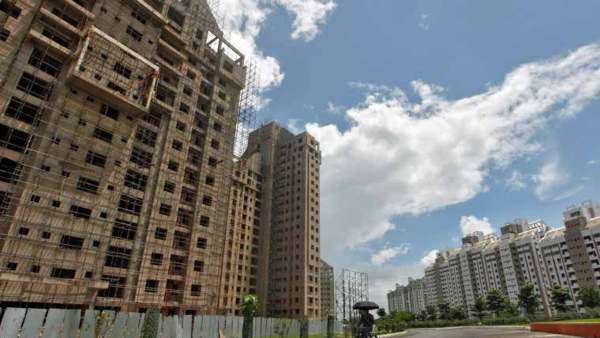After announcing standardisation in term life and health insurance, the insurance regulator, IRDAI, is now set to bring standardisation in home insurance as well. As per its recent circular dated January 4, all general insurers should offer ‘Bharat Griha Raksha’, a standard home insurance product that covers home building and general home contents. This product is mandated to be made available with effect from April 1, 2021.
Given the low level of awareness for home insurance, a standardised product is a welcome move by the regulator. The coverage and benefits from such products will be the same across insurers and policyholder can choose at ease. But like any other standardised insurance products in the market, the premium for Bharat Griha Raksha too will vary with insurers. The difference in the premium is mainly due to factors such as services offered by the insurer (on-boarding, ease of contact by the customer, etc), claims settled and the digital access available for its customers.
Here is what you should know about Bharat Griha Raksha.
No declaration, waiver of underinsurance
A home insurance plan usually offers cover for both building and contents. The building is covered against fire, lighting, explosion, implosion, aircraft damage, riots, strikes and malicious damage, storm, cyclone and earthquake. The contents are covered against fire and allied perils, burglary and housebreaking including theft, accidental damage and electrical and mechanical breakdown. Policyholders can either buy a comprehensive cover or go for the building and content plans separately.
Bharat Griha Raksha too offers similar coverage for structure and/or general contents or both. The difference is that if you opt for a comprehensive cover, this policy automatically (without any need for declaration of details) covers contents up to 20 per cent of the sum insured for the building, subject to a maximum of Rs 10 lakh. In existing policies offered by various insurers, the policyholder should declare the value of the contents held by him/her when availing home insurance.
Under Griha Raksha, if you require a higher sum insured (over and above Rs 10 lakh provided), you can opt for the same by declaring the details of the general content.
Further, this standard policy gives complete waiver of underinsurance. Currently, in existing home policies, if the sum insured declared by a policyholder is less than the value of the property, then the insurer will settle the claim proportionately. But under Griha Raksha, the policyholders’ claim will be settled up to the sum insured (and not proportionately).
Also read: Key points to keep in mind while selecting an insurance policy
How much cover?
The coverage amount, or sum insured (SI), of a home insurance policy usually depends on the location of the house, the type of policy and the value of contents. As such, there is no cap or limit on the SI that can be opted, both in Griha Raksha and in the existing policies.
When it comes to the products already available in the market, you can choose SI for your property based on the reinstatement value or indemnity value or agreed value basis. But not all insurers provide the policyholders with these three options. For instance, Gruh Suraksha (comprehensive cover), the SI is on the reinstatement value. SBI General Insurance, on the other hand, provides all the SI options for the policyholders.
Reinstatement value, is the reconstruction value of the building or structure, determined by the reconstruction cost (excluding the land cost). This cost is usually arrived at based on the area of the building, as per the registered sale deed and the current market price in that area. Indemnity value too is the reconstruction cost of the building (excluding land cost) but it is reconstruction value less depreciation. Agreed value is calculated by multiplying the total square feet of the area (mentioned in the sale deed) with value per square feet as per the ready reckoner rate issued by the respective State government.
Similarly, SI options are available for the contents of a house as well, at replacement value excluding depreciation.
In standard Girha Raksha product though, the property value is the carpet area of the structure multiplied by rate of cost of construction per sq meter (as on policy commencement date). For contents, the SI represents cost of replacement of contents.
Riders
The standard product also offers two optional covers (rider) – one, insurance for valuables including jewellery, and curios and two, personal accident cover for the insured and spouse due to an insured peril during the policy period.
In comprehensive home insurance policies available in the market, most insurers offer coverage for both. For instance, Royal Sundaram’s ‘Gruh Suraksha’ offers personal accident cover for the insured up to Rs 5 lakh as also for jewellery and valuables. It offers coverage against terrorism as an optional cover. Other insurers in the market (offering comprehensive policy) also offer optional covers including temporary resettlement, compensation cover for domestic staff if injured during work and keys and lock replacements.











